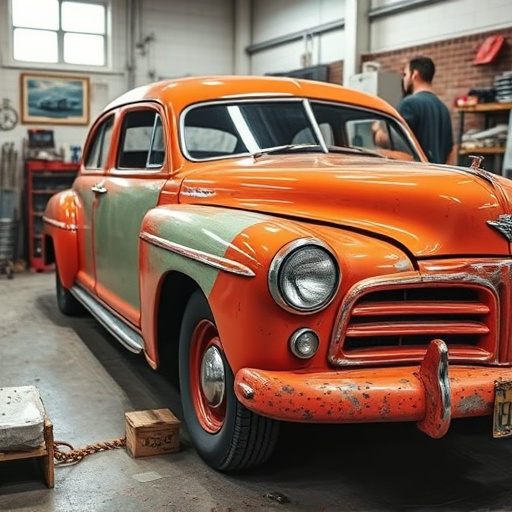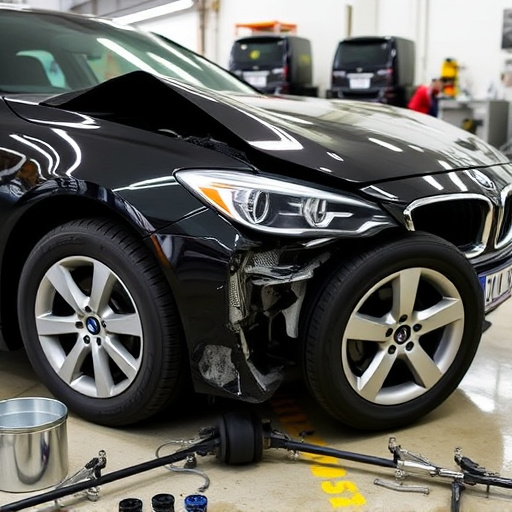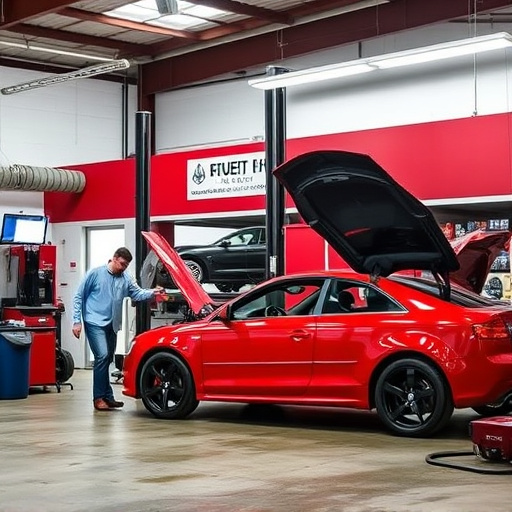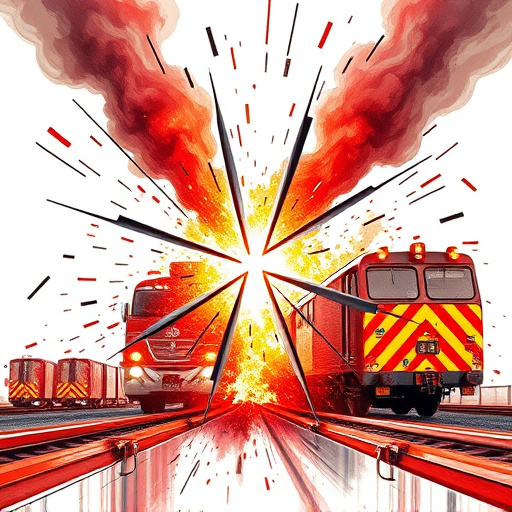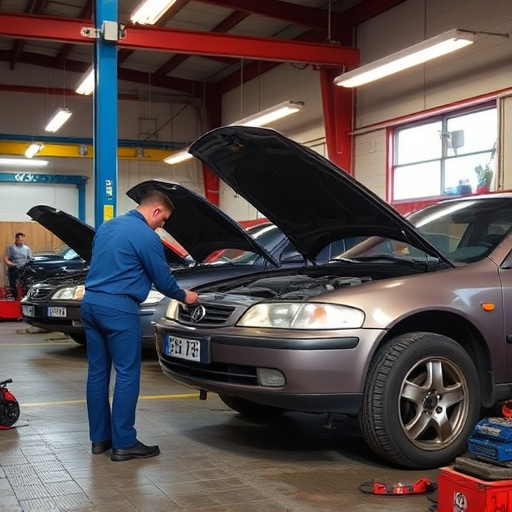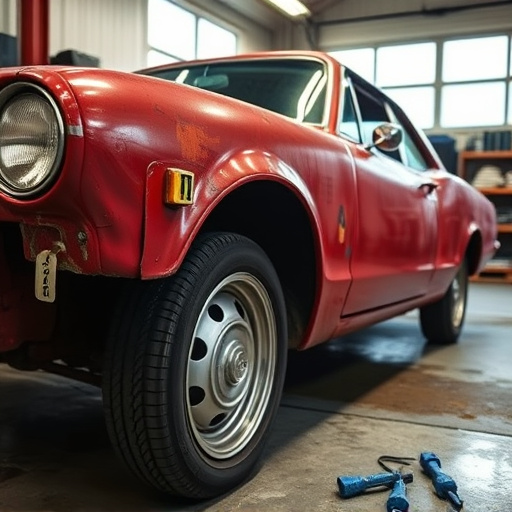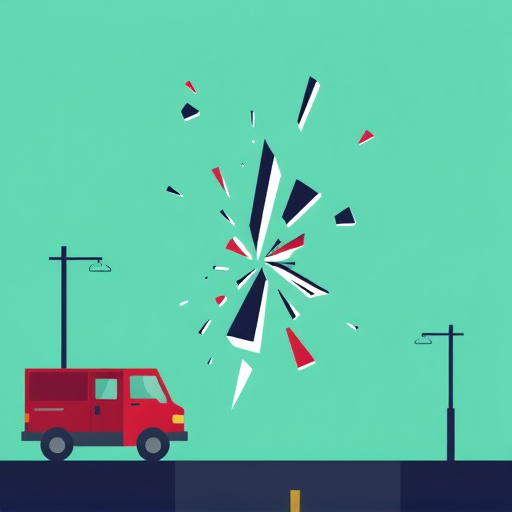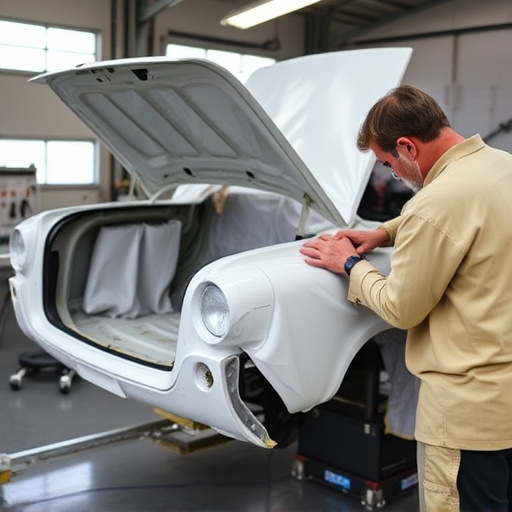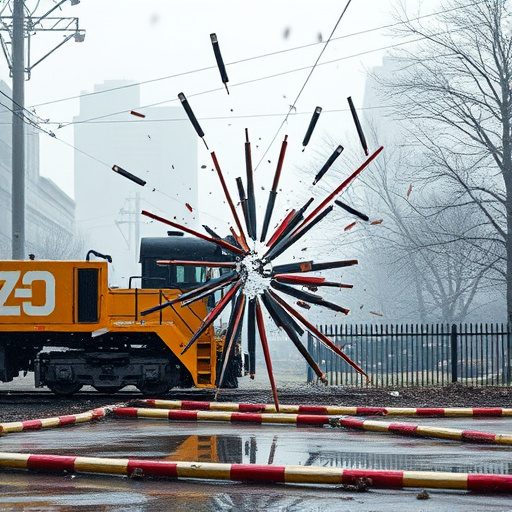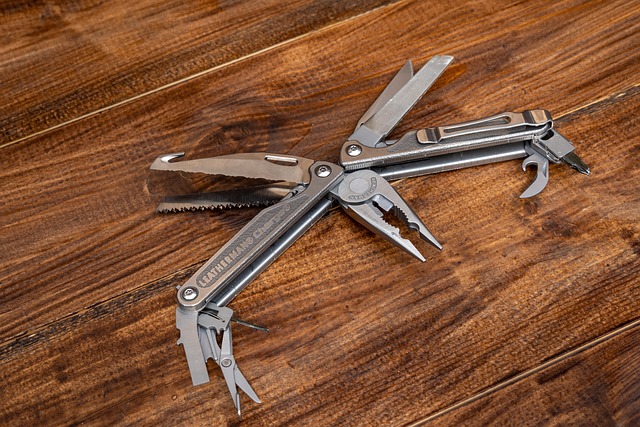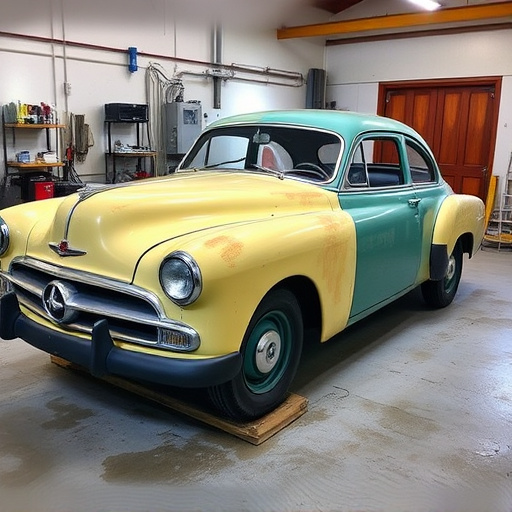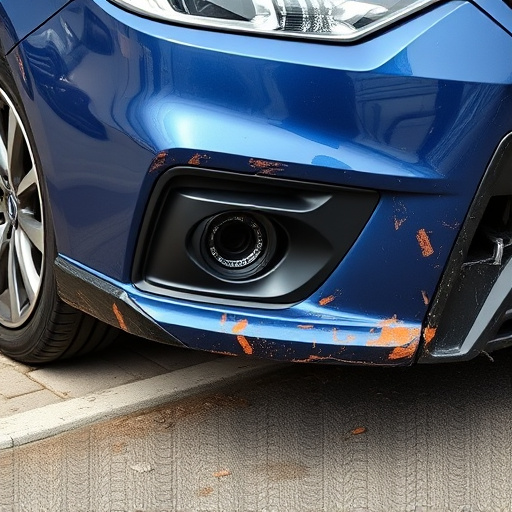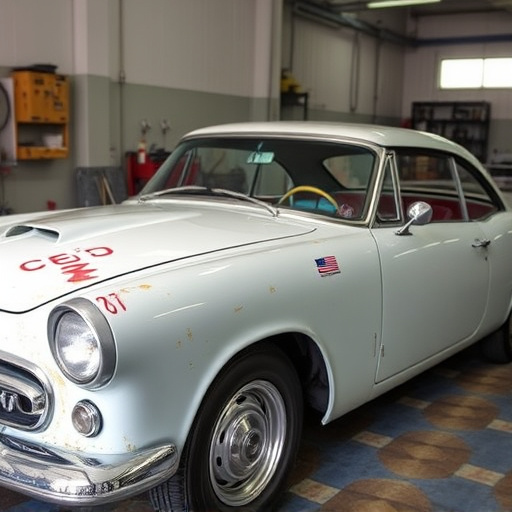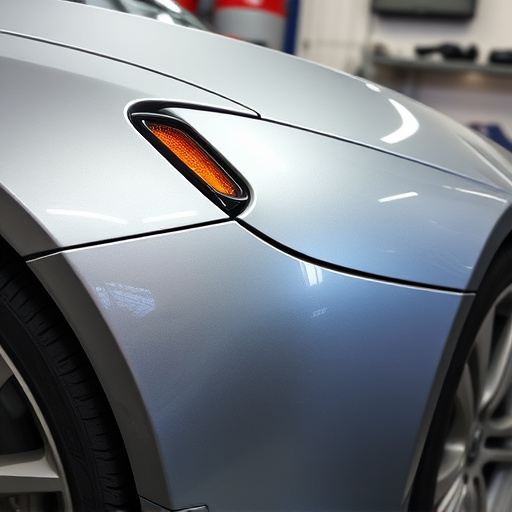3D car scanning technology captures detailed digital vehicle representations using light or radar sensors, streamlining auto paint and repair processes by minimizing human error and expediting damage assessment. Hands-on training is crucial for mastering this technology, enhancing detail orientation and accuracy in capturing multi-angle 3D data. Collision repair shops must adopt advanced techniques, understand diverse scanning methods, and continuously train on interpreting 3D scan data to maximize efficiency, deliver high-quality work, satisfy customers, and maintain industry leadership.
“Unleash the power of 3D car scanning technology with our comprehensive guide. Effective utilization requires a blend of theoretical knowledge and practical experience. This article delves into three key aspects: understanding the fundamentals, engaging in hands-on training for precise data collection, and mastering advanced techniques for superior outcomes. By exploring these sections, you’ll gain the expertise needed to navigate the intricacies of 3D car scanning technology.”
- Understanding the Basics of 3D Car Scanning
- Hands-on Training for Accurate Data Collection
- Advanced Techniques for Optimal Results
Understanding the Basics of 3D Car Scanning
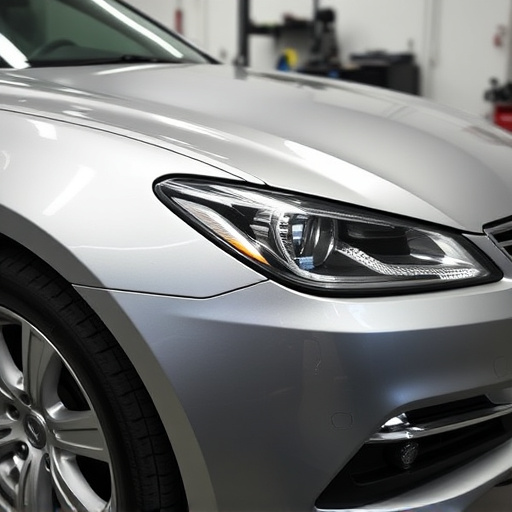
Understanding the Basics of 3D Car Scanning involves grasping how this technology captures detailed digital representations of vehicles. Unlike traditional methods relying on manual measurement and estimation, 3D car scanning technology uses advanced sensors to create precise models. These sensors emit light or radar signals that bounce off surfaces, mapping their contours accurately. The data collected is then processed using specialized software to generate a three-dimensional model.
This process proves invaluable for various applications, from ensuring meticulous car paint services to facilitating efficient car repair shop operations. By digitizing vehicle specifications, 3D scanning technology reduces human error and speeds up tasks like damage assessment after a fender bender. It offers an innovative solution for maintaining comprehensive digital archives of cars, enhancing quality control measures in the automotive industry.
Hands-on Training for Accurate Data Collection
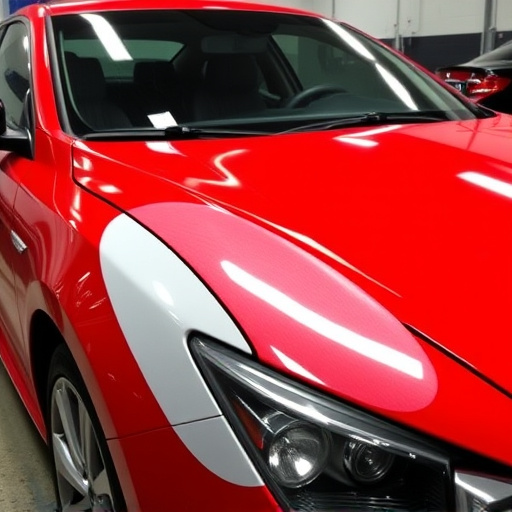
Hands-on training is an indispensable aspect of mastering 3D car scanning technology. To ensure accurate data collection, users must be proficient in operating the scanners and understanding their capabilities. This involves practical sessions where individuals learn to position the scanner correctly, capture multiple angles, and manage any potential obstacles that might affect scan quality. The interactive nature of this training allows participants to gain experience in real-world scenarios, making them adept at using the technology for various applications like classic car restoration and collision repair.
By engaging in hands-on exercises, automotive body shop professionals can develop a keen eye for detail, which is crucial when dealing with intricate car components. This training equips them with the skills to navigate complex vehicle geometries and capture precise 3D data, ultimately leading to more efficient and effective restoration or repair processes.
Advanced Techniques for Optimal Results
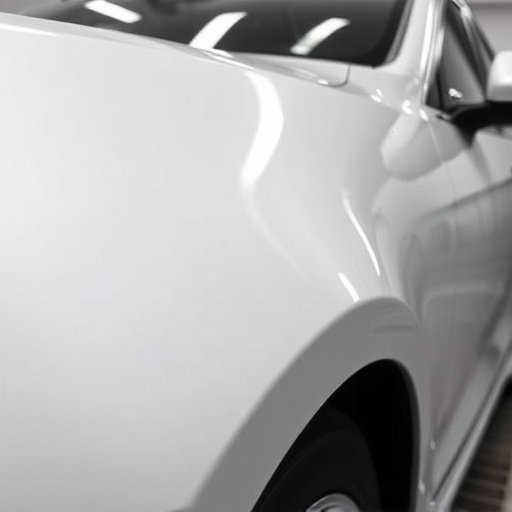
To achieve optimal results with 3D car scanning technology, advanced techniques and a thorough understanding of the process are essential. This includes mastering the art of capturing intricate details, ensuring precise measurements, and leveraging specialized software to process the data accurately. Professionals in collision repair shops or paintless dent repair services should familiarize themselves with various scanning methods, such as laser and structured light scanning, to accommodate different vehicle surfaces and complex car damage repairs.
Additionally, continuous training on how to interpret 3D scan data is crucial for accurate assessment of car damage. This knowledge enables experts in these fields to make informed decisions during the restoration process, whether it involves intricate body panel alignment or meticulous paintless dent repair techniques. By staying updated with the latest advancements in 3D car scanning technology, collision repair shops can enhance their efficiency and produce high-quality work, ensuring customer satisfaction and maintaining their reputation as industry leaders.
To harness the full potential of 3D car scanning technology, hands-on training is essential. Understanding the basics and advanced techniques ensures accurate data collection and optimal results. By investing in this specialized training, professionals can navigate the intricate process of 3D scanning effectively, unlocking the technology’s game-changing capabilities for precision work in the automotive industry.
